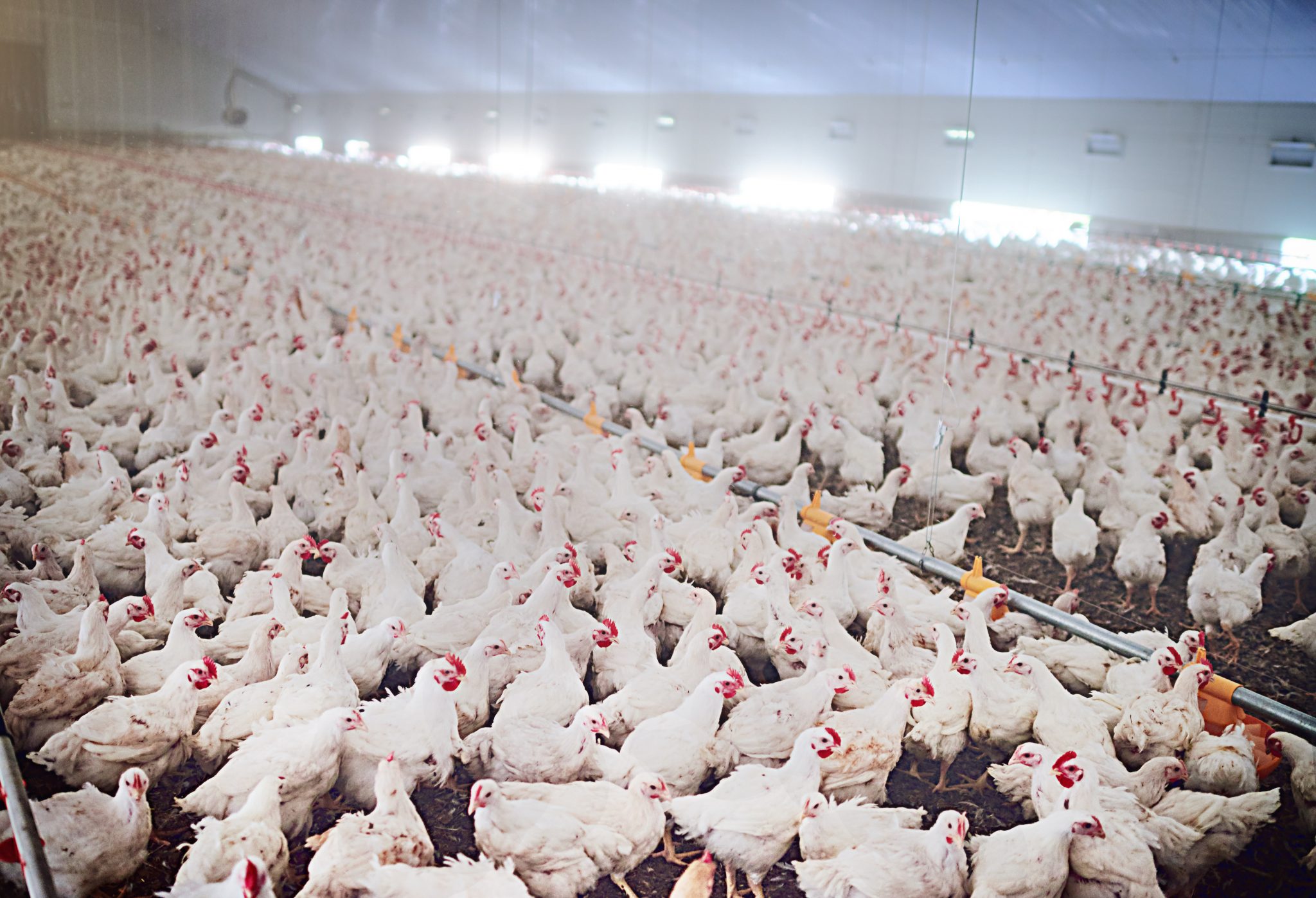Farming

Highly Pathogenic Avian Influenza (HPAI) is rapidly spreading across the broiler belt of the United States, with migratory waterfowl as the primary carriers. Alabama is a part of the Mississippi Flyway migration route of these birds, putting one of the state’s most important agricultural commodities at risk: commercial poultry.
The Risks
Domestic fowl have no natural immunity to HPAI, and there is no treatment for the resulting disease. The virus is also extremely virulent and spreads in an enclosed aviary or commercial poultry house like wildfire. The result is simply death for the domestic birds. The only way to control further spread is to euthanize the entire flock after confirmation of the disease. For the commercial poultry industry, this means the potential loss of millions of birds just like the instance recently reported in Wisconsin where an outbreak claimed 3 million layer hens.
Potential for Economic Losses
The scope of the economic catastrophe resulting from a major HPAI outbreak in Alabama is difficult to grasp. However, when one considers the recent economic impact estimation of $15 billion total from poultry operations in the state, even a small percentage means a lot of dollars lost.
For a contract poultry grower, a loss of an entire flock of birds would be devastating. No grower can withstand the loss of one-fifth of their entire annual revenue and not be put in a dire financial situation. For the average grower in Alabama, the loss of a flock could equate to the loss of $45,000 to $55,000 in revenue. These types of losses are typically not covered by normal farm insurance policies, and often the contract provider has no relief to offer. For every dollar the grower loses, the company loses as much as ten times that amount in cost and potential revenue.
The USDA does have an indemnity program to compensate growers for the destroyed flock, disposal of the carcasses, and cleanup of the infected facilities. However, this amount does not cover all the losses that are incurred by either the grower or the company. For more information, see the USDA publication The HPAI Indemnity and Compensation Process Start to Finish.
Biosecurity Measures Must Be a Priority
During a recent University of Arkansas Agriculture Research and Extension webinar on HPAI for industry professionals, Terry Conger, a poultry health epidemiologist with USDA’s Animal and Plant Health Inspection Service (APHIS), encouraged a lockdown around poultry activities. Conger warned that because of the perpetual risk of HPAI from waterfowl, the only preventive tool growers can rest their hopes on is stringent biosecurity. The bottom line is that every grower in the state must do everything possible to keep HPAI out of their flocks.
Because HPAI is becoming more widespread, biosecurity must become an automatic part of life for those that oversee a commercial or backyard flock. Growers must buy into biosecurity to protect their individual flocks and the flocks around them. Contract poultry growers in Alabama are on the front lines in this war. Biosecurity measures may seem intrusive and of no real value, but where HPAI is concerned, the value is simply the continued operation of the family farm being at stake. Every integrator in Alabama has tightened their biosecurity procedures over the past years, but the weakest link is always at the grower level. This is simply because the growers have daily contact with their birds.
Growers must follow the all of the biosecurity measures mandated by the poultry companies. Remember, there is no such thing as too much biosecurity, and there are always opportunities to improve and tighten the security around the farm. Conger said HPAI infection can spread quickly by the movement of contaminated shared equipment, vehicles, service personnel, visitors, and pests including rodents and insects. In fact, the 2015 HPAI explosion in Minnesota and Iowa was attributed to vectors such as these. Among the first line defenses is keeping all non-essential personnel away from the poultry houses. Also, growers should maintain poultry-house-only clothing and shoes, and be careful not to expose these items to outside environments where they could come in contact with the HPAI virus.
Resources
For more information on proper biosecurity at the farm level, see the Alabama Cooperative Extension System publication Biosecurity for Backyard Poultry Flocks. Other resources from the USDA include Defend the Flock – Biosecurity 101 and Highly Pathogenic Avian Influenza Standard Operating Procedures: Biosecurity, both available at www.aphis.usda.gov.

